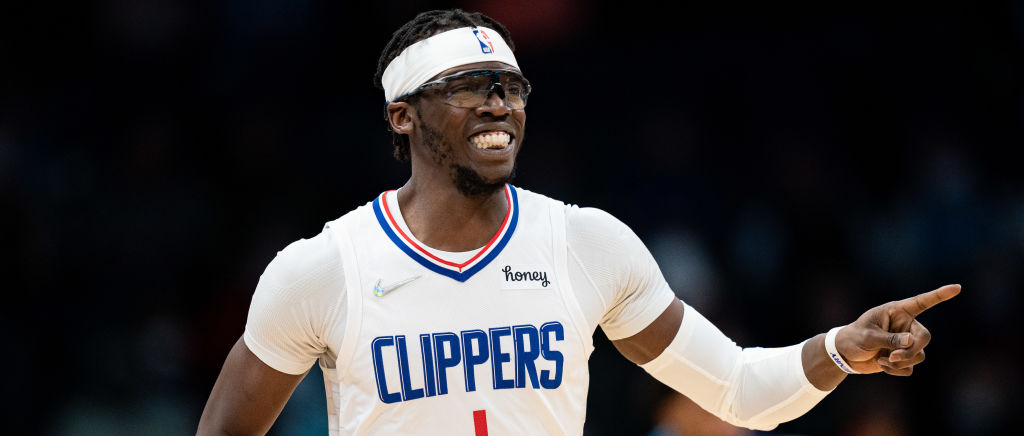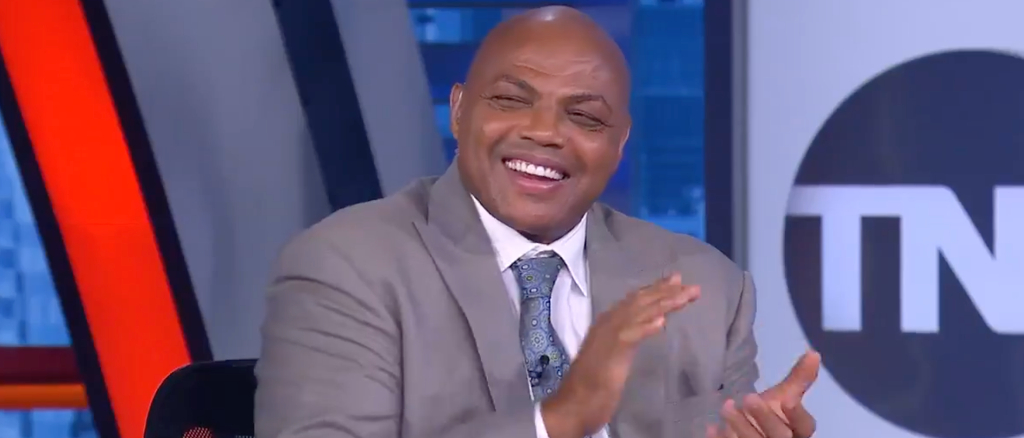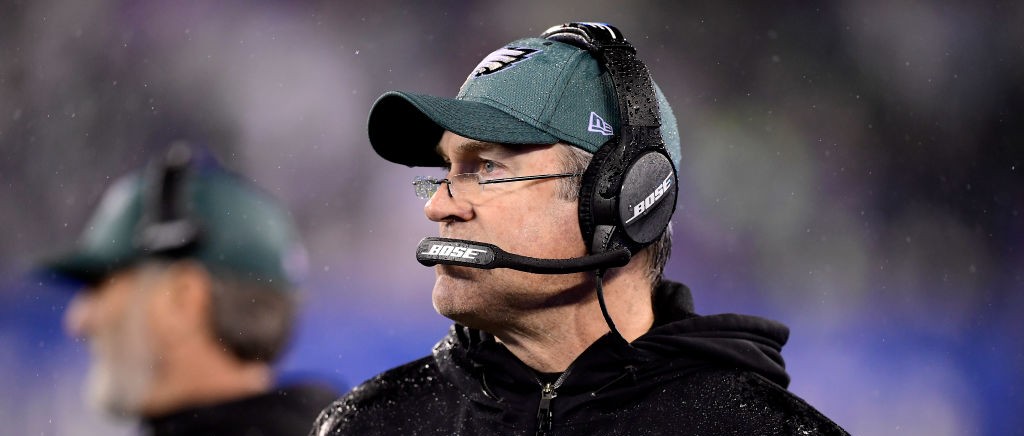
The Clippers played “host” to the Lakers on Thursday night in the Battle of L.A. squads and through three quarters it looked as though they’d cruise to a win over their in-town rivals.
A furious fourth quarter rally from the Lakers erased a 12-point advantage, though, and those that stuck around were treated to a wild finish at Crypto.com Arena. The two teams traded big buckets down the stretch, with Malik Monk and Russell Westbrook each hitting big shots for the Lakers to give them late leads, while Marcus Morris and Reggie Jackson had answers on the other end. Ultimately, it came down to the final 20 seconds with a one-point game after a Morris three gave the Clippers the lead back after Monk had drilled a three of his own on the other end.
Malik Monk gives the @Lakers a 2 point lead late! pic.twitter.com/fh5TwOsSMe
— NBA (@NBA) February 4, 2022
Marcus Morris puts the @LAClippers up 1 with just 18 seconds left! pic.twitter.com/M4WamBoxVV
— NBA (@NBA) February 4, 2022
What transpired from there was one of the wildest finishes in the NBA this season, starting with a beautiful pick-and-roll run by Westbrook and Anthony Davis, who caught a go-ahead lob with 12 seconds to play.
CLIPPERS WIN.
WHAT AN ENDING. pic.twitter.com/w6LFFJco6G
— Bleacher Report (@BleacherReport) February 4, 2022
Reggie Jackson literally skipped up the floor, pushing the pace in transition, and then spun through a bad double attempt by Westbrook and got to the rim before Davis was able to help down and kissed a floater off the glass over the late help from Monk. Davis then got the rebound and took the ball coast-to-coast, getting a pretty great look that rimmed out at the buzzer to give the Clippers a win (and getting them back to .500) while the Lakers dropped back to 25-28 with the loss.
Even LeBron had to tip his cap to Jackson and the Clippers for the late game flurry in what was one of the most fun final minutes of the season.
Great Game!! Mr. October with a big time shot to end it. Salute
— LeBron James (@KingJames) February 4, 2022
Davis finished with 30 points and 17 rebounds as he has looked to be back to his dominant self since returning from a knee sprain, and got some help from Monk’s 21 points and Westbrook’s 17, but they just didn’t get much else from the rest of the squad. On the other side, Morris was huge with 29 points and seven rebounds for the Clippers, while Jackson provided late heroics with his 25 points, eight rebounds, and six assists, and Serge Ibaka chipped in 20 points and eight boards in the win.


